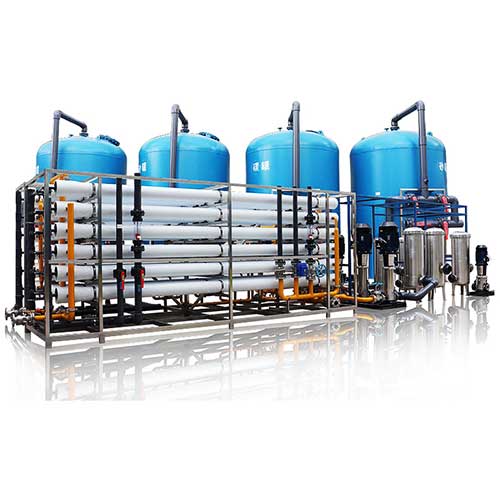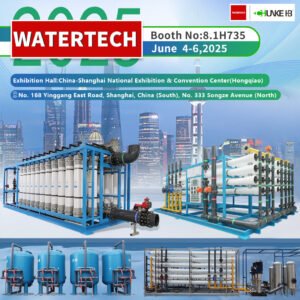Reverse Osmosis System for Well Water

Chunke designs and builds the best reverse osmosis system for well water for you. First of all, we need your well water analysis report. Because it is very important to design correct system to you. Since each well water has different character so that our design can be change.
Before we explain reverse osmosis system for well water, firstly, we give brief introduction for what is well water?
What is Well Water?
Well water is a private water source taking directly from the earth. To create a private well, a hole is drilled into the ground down to the aquifer—a permeable layer of rock that contains water. A pump system is then used to carry that water up and into your home or factory.
Unlike tap water, which comes from a general municipal water supply, well water is not treated with chemicals like chlorine or chloramines to filter out bacteria and microorganisms. Instead, it is natural filtration by the layers of rock. And soil that it passes through—though it’s not guarantees to be bacteria-free.
Also depends on the ground characteristic, it has some minerals, inorganic and organic compounds inside. All of them effect of water quality. Some regions well water TDS (total dissolved solids) content can be higher than 1000ppm.
As a result, you need some pretreatment and reverse osmosis system for well water.
Is RO system good for well water?
To rid of viruses, bacteria, TDS, organic compound, inorganic compound, insecticides, pesticides and turbidity, reverse osmosis system is best solution for well water.
How does reverse osmosis system for well water work?
Reverse osmosis typically involves five stages of filtration. That is a sand/media filter, activated carbon filter, water softener, cartridge filter housing and reverse osmosis membrane, and post treatment UV sterilizer or ozone generator. The sand/media filters remove the largest particles, like dirt, sand, and rust to prevent clogging of the subsequent filters. Carbon filter uses activated carbon to prevent anything larger than a spec of flour from passing through as well as attracting and bonding with positively charged ions to prevent chemical compounds, like chlorine and chloramines, from passing through to the third filter.
Water softener uses ion-exchange resin to exchange Mg, Ca minerals with Na ions. Cartridge filter housing uses PP cartridge filter to remove any particles larger than 1 or 5 micron, Finally, the reverse osmosis membrane then removes molecules heavier than water, such as sodium, high levels of lead, dissolved minerals, and fluoride. At the end, if it is necessary, the UV sterilizer or ozone generator kill all bacteria and viruses if there is any contaminant with your water.
How much is a reverse osmosis system for well water?
Price level depends on your water analysis report. Because when we choose pumps, membranes we have to take care TDS level of water. Higher TDS need bigger pump and special membranes. To get exact price level, today, call our experienced engineer and gain your free quote.

